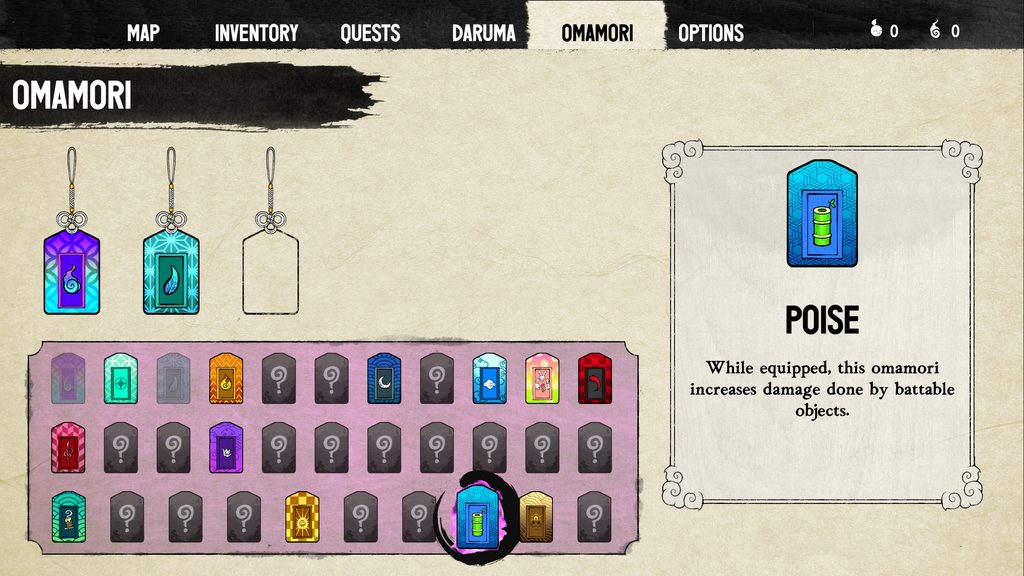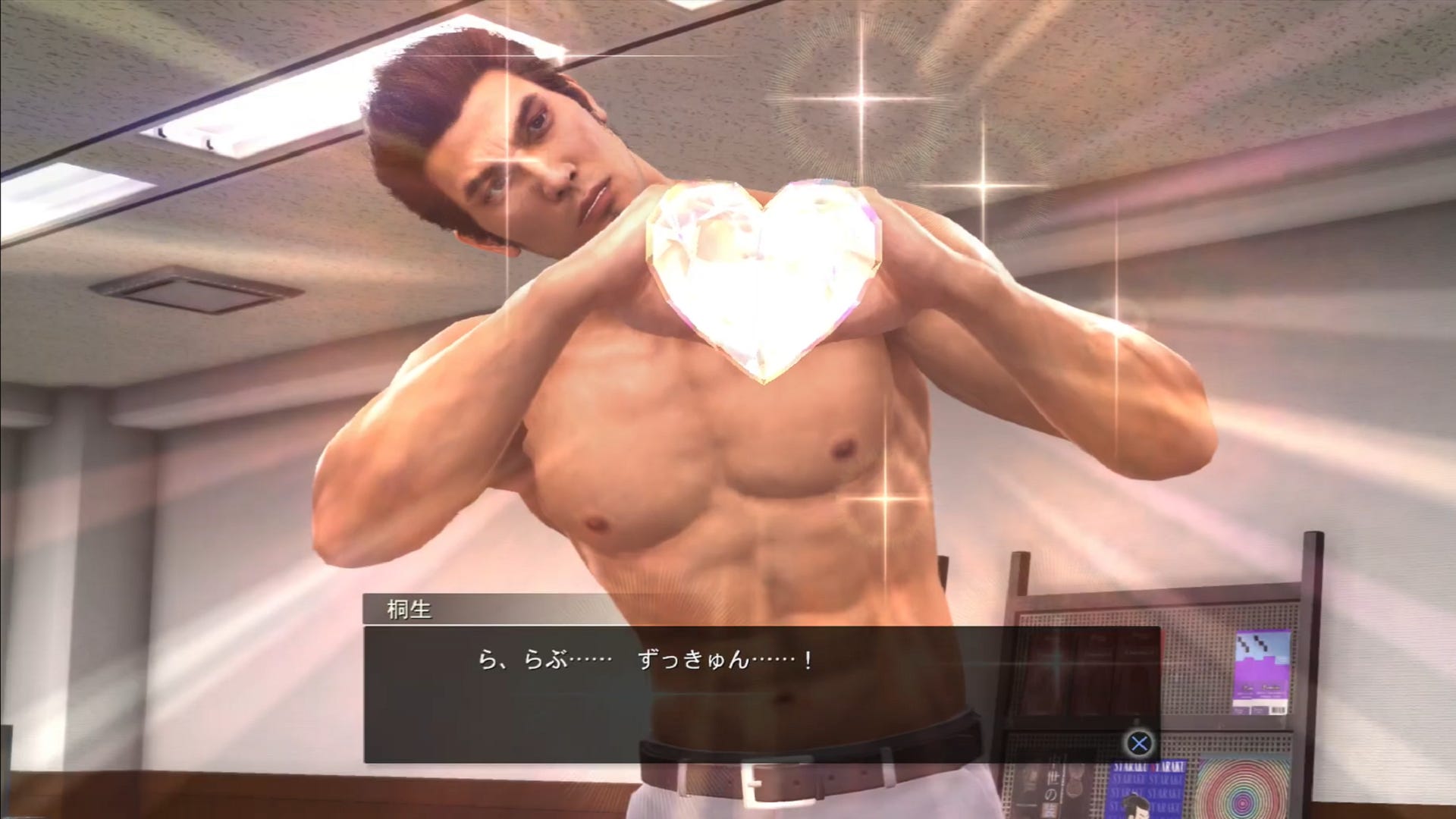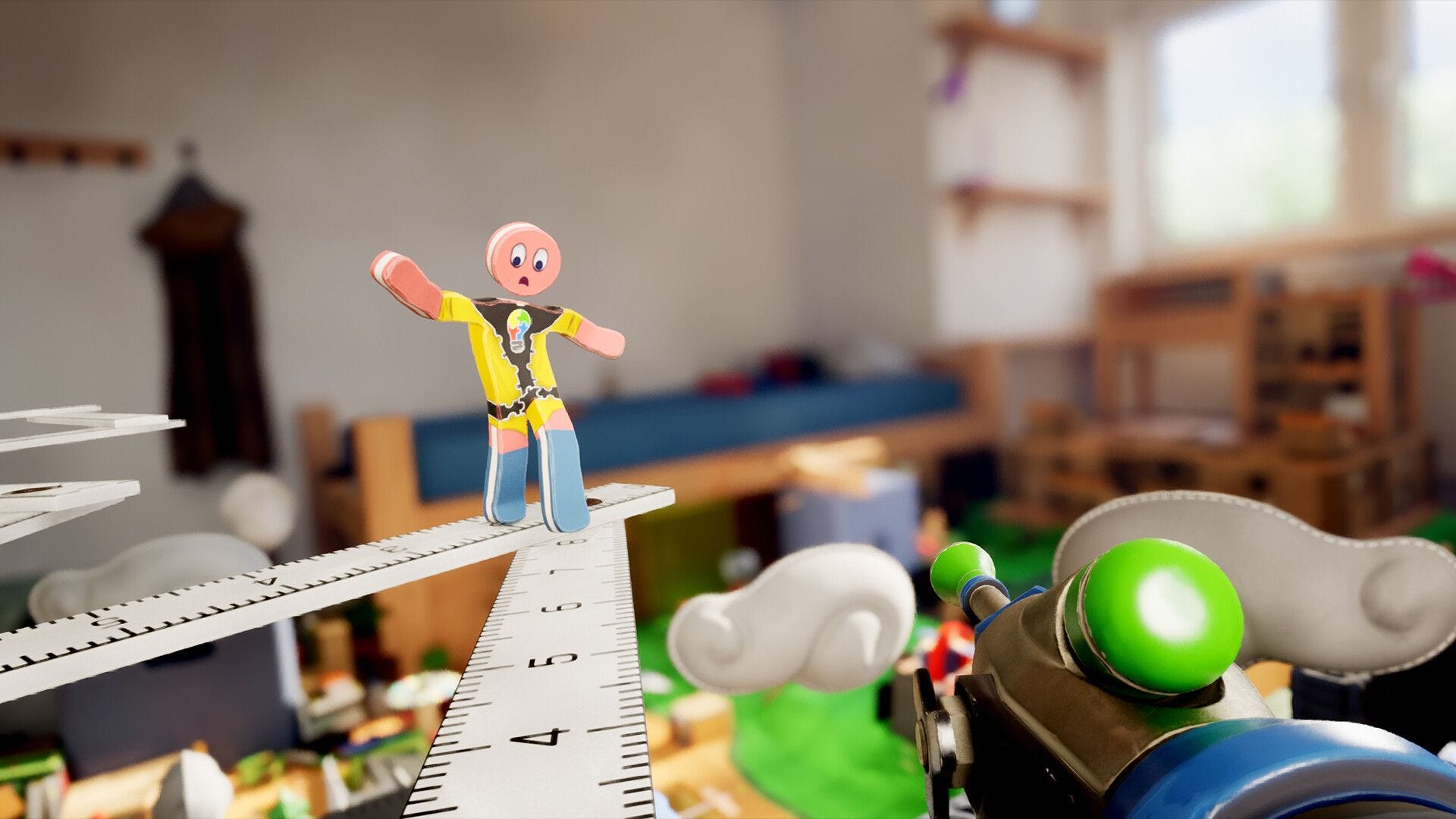Hi PlayStation community—I’m Chris Stair, the creative director of Squid Shock Studios, and I’m excited to have an opportunity to share some insights into our first game, Bō: Path of the Teal Lotus, a hand-drawn action-platformer coming out on PlayStation 5 on July 17.

Some of the big inspirations for Bō are the 2D action-exploration games I grew up playing. I love the wonder and mystery that comes with exploration, the thrill of finding new abilities, and the sense of satisfaction when you figure out how to use those skills you’d found to uncover a secret path.
Some of my favorite games in the genre also have really memorable traversal: bombing yourself up a wall, launching yourself off enemies, or just backwards dashing through a castle hall. In Bō: Path of the Teal Lotus, we wanted to create a movement and combat system with its own distinctive, rewarding rhythm—something that can make you feel like you’ve entered a “flow” state when everything comes together—and wanted to talk a bit more about that with you today.
Get the flow going
Bō isn’t capable of doing a double jump by default, so one technique you’ll need to learn early on is what we call the Bump. When Bō strikes an object or an enemy with the Equinox Staff while airborne, you’ll glow teal, giving you the ability to do a mid-air jump. If you strike something again after that second jump, you’ll glow again and can do a third jump, and so on.
You’ll frequently combine this with Bō’s Pogo move to get even more airtime. If you press down and strike an object while you’re on the descent, you’ll not only immediately bounce up and get some height, but you’ll reset your jump ability too, enabling you to perform another mid-air leap right afterward.
And as long as there are objects or monsters in the environment to hit, you can keep Bumping and Pogoing basically indefinitely, staying airborne for as long as you can keep up the rhythm. It becomes a little game of its own.
Eventually, you’ll discover other traversal abilities that let you dash or smash downward forcefully through the air. We hope that as you play and get familiar with your abilities, you’ll start to see opportunities throughout the game for all of these things to work together—enemy spawns during a boss battle, seemingly incidental environmental objects, curious platform placement—and get into a really rewarding groove.
Trouble brewing
These abilities aren’t just for movement; they power your combat skills, too. One critical component of the action is the mystic Tea Kettle you get early on from Asahi, a rabbit tentaihana (a sprite-like being) who plays a central role in your entire journey.
When you strike enemies with your Equinox Staff, including when you Bump or Pogo, you’ll siphon their energy into the kettle and brew up some tea. You can then use that tea in a number of ways, such as restoring your health (if you can find a moment of peace) or summoning one of the Daruma Dolls you’ve collected, which unleash some of the game’s most powerful attacks.
The Daruma Dolls especially love hot tea. The hotter your tea is when you summon a Daruma, the more devastating their attack will be. And the way you heat up your tea kettle is, you probably guessed it, by staying airborne in combat as long as you can. So, we really tried to create a system where airborne agility and combat prowess are intertwined.
We designed Bō’s areas and encounters around this idea. Seemingly uncrossable chasms with an archipelago of enemies who serve as your path. Boss battles where you’re bouncing higher and higher off little foes, building momentum to blast the boss’s head with a potent Daruma Doll strike. All with the goal of making it fairly simple to learn, but challenging and rewarding to master.
The boiling point
While we drew a lot of inspiration from 2D action-exploration games, the world and gameplay also draw a lot from Japanese folklore and traditions. The character of Bō is in part inspired by stories of Princess Kaguya and Momotaro. Many of the yokai and monsters that Bō battles represent our own creative twists on classic folktales, like your confrontation with the massive Hashihime who guards the bridge in Bō’s world. Bō powers up the Daruma Dolls by finding ink to draw additional eyes, which in our real world is linked to achieving goals and good fortune. Bō can also collect and equip a wide range of Omamori, amulets that grant you bonuses to customize your gameplay.

There’s a lot more for you to explore and many more ways to find your flow for yourself, waiting in Bō: Path of the Teal Lotus. We hope you’ll check it out when the game arrives on PlayStation 5 on July 17.








